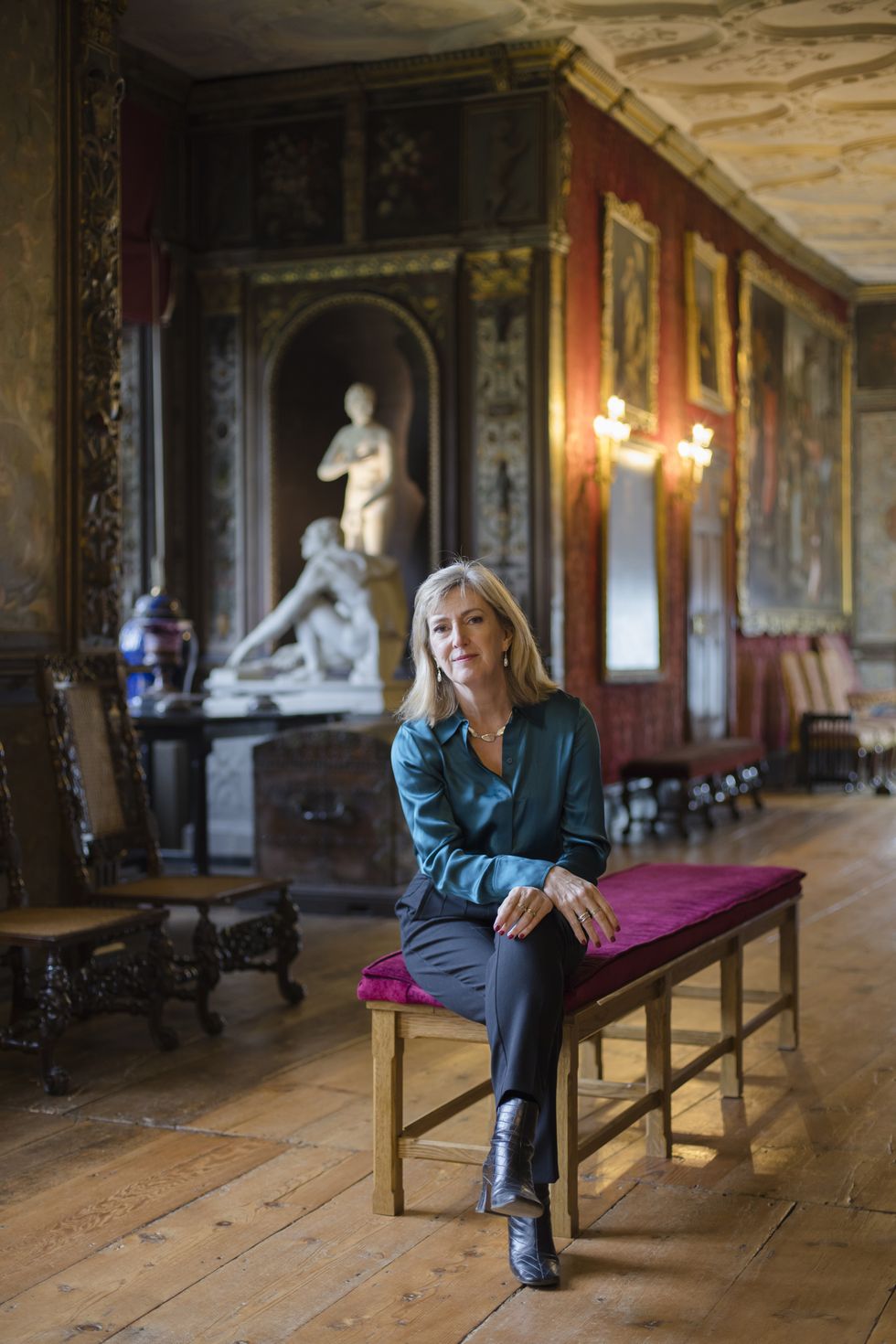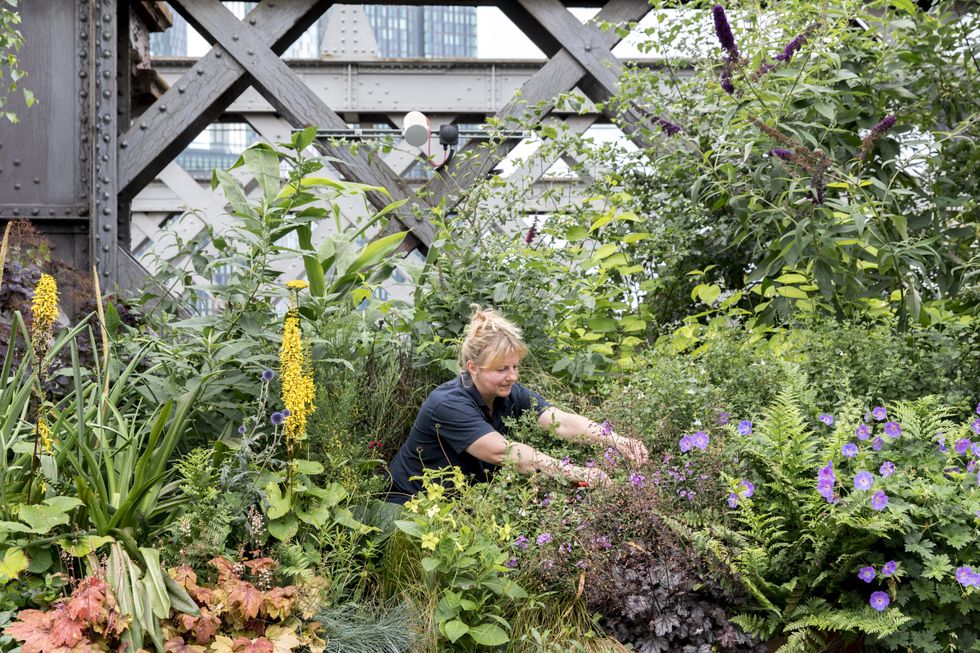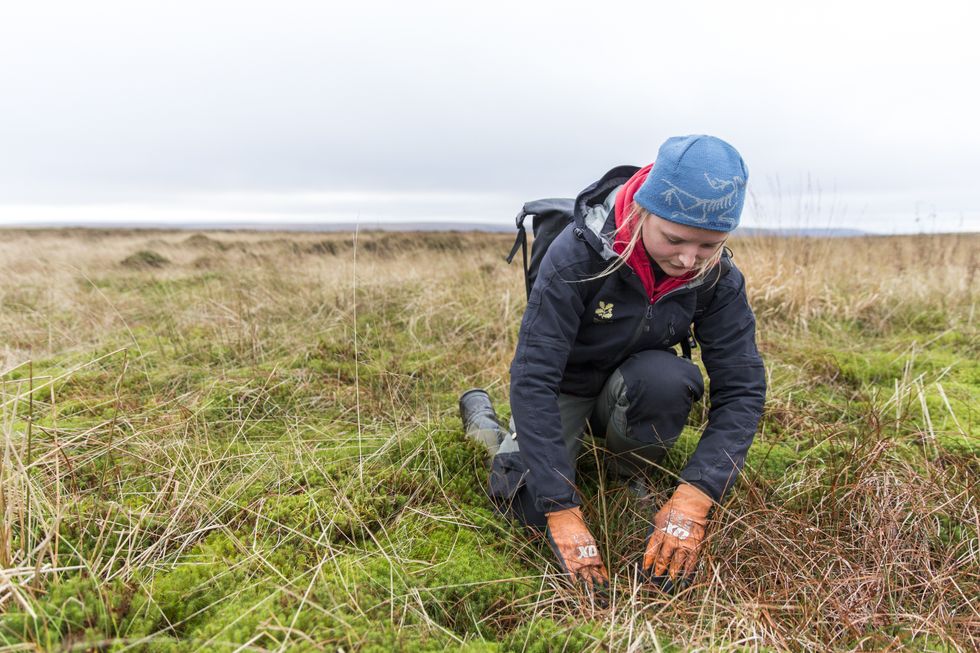THE National Trust – which wants more Eastern Eye readers to visit its properties, apply for jobs with the organisation, become curators and offer to become volunteers – is marking its 130th anniversary by announcing an ambitious 10-year plan “to end unequal access to nature, beauty and history”.
The trust, it emphasised, “is for everyone”. Its director general, Hilary McGrady, said: “For 130 years, the National Trust has responded to the crises and challenges of the time. Today, nature is declining before our eyes and climate change is threatening homes and habitats on a colossal scale. Meanwhile, millions of people can’t enjoy the benefits that green space and heritage bring.”

She promised: “We will ramp up our work to restore nature, both on our own land and beyond our boundaries. We’ll work to end inequality of access to green space and cultural heritage. And we will inspire millions to take action to protect the things we all need to thrive.
“Our charity’s founders were passionate campaigners who recognised the threats to our natural and cultural heritage, and, against the odds, did something about it. That same boldness is needed today. The trust is uniquely placed to do something about these challenges and it’s why we are setting ourselves these ambitious, but much-needed goals.”
The trust said it “will significantly grow people’s access to nature, beauty and history over the next 10 years, with a view to eventually ending unequal access”.

Multiple studies demonstrate the wellbeing benefits of time spent in nature, it pointed out. “But access to nature remains very unequal and the impacts of the UK’s mental health crisis are farreaching, with 17 million working days a year now lost to mental health-related issues. So the trust is developing a partnership with Mind, and will be working with other organisations, to ensure the conservation charity’s hundreds of nature rich places can help more people, particularly younger people with mental health problems.”
The National Trust is an independent conservation charity founded in 1895 by three people: Octavia Hill, Sir Robert Hunter and Hardwicke Rawnsley, who saw the importance of the nation’s heritage and open spaces and wanted to preserve them for everyone to enjoy.
“We care for more than 250,000 hectares of countryside, 780 miles of coastline, one million collection items and 500 historic properties, gardens and nature reserves,” it said, stressing, “We were founded for the benefit of the whole nation, and our 5.4 million members, funders and donors, and tens of thousands of volunteers support our work to care for nature, beauty, history for everyone, for ever.”
It attracted the ire of far-right politicians and commentators by revealing that 93 of its properties were built with the proceeds of colonialism, especially fortunes made in India during the Raj, or the slave trade. But its plan for the next decade is far more sweeping.

Europe’s largest conservation charity has vowed to take “unprecedented action to tackle the nature crisis, end unequal access to nature and cultural heritage and inspire millions more people to protect the world around them”.
The plan follows the largest public consultation ever carried out by the trust, with more than 70,000 people – including members, volunteers and industry partners – sharing their views on the organisation’s work and direction. This consultation has provided the building blocks for the trust’s new strategy, which will guide its work over the next 10 years and beyond.
It says it will “work with others to create 250,000 more hectares of nature-rich landscape – equivalent to one-and-a-half times the size of Greater London – both on its own land and off it; connect more people than ever with their national heeritage through innovative conservation and development, including the £17 million transformation of Bath Assembly Rooms; inspire five million more people to give their time, voice or money in support of conservation charity’s vital goals; and invite people from all walks of life to ‘adopt’ plots of land at ‘nature super sites’ around the UK.”
The adopt-a-plot’s six “nature super sites” are: Peak District in Derbyshire; Wallington in Northumberland; Killerton in Devon; Wicken Fen in Cambridgeshire; Eryri in North Wales; and Divis and the Black Mountain in Northern Ireland”.
The trust also aims to “support 100 towns and cities to transform and grow green space; introduce National Trust ambassadors, including classicist, author and broadcaster Professor Mary Beard and historian, broadcaster and film-maker David Olusoga”.
It is also launching an apprenticeships scheme for 130 young people who might not otherwise consider a career in the National Trust, and who may not be aware of the opportunities on offer. Apprenticeships will be based at locations round the country, in a range of careers including gardening and countryside management, as well as project management, information technology, finance and HR. The first round of applications will open in May 2025.
Over the next decade, the trust says it “will work in partnership with environmental organisations, farmers, landowners and local communities to create 250,000 hectares of nature-rich landscapes, an area one-and-a-half times the size of Greater London, both on its own land and off it. This will be the biggest contribution to addressing the catastrophic decline in nature the trust has made in its history.
“With founding partners Natural England and the National Lottery Heritage Fund, the trust is inviting towns and cities across the UK to be part of a new programme, Nature Towns and Cities. With a full public launch this summer, the programme will support 100 towns and cities to transform and grow their networks of green spaces, so everyone can enjoy quality time spent outdoors in nature close to home. Partnership will be vital to achieving this ambitious goal, and the trust is bringing together a strong coalition of like-minded organisations and funders from across UK society.”






 Vivek Nityananda
Vivek Nityananda  Taraash Mehrotra as Nikhil
Taraash Mehrotra as Nikhil






